Heat Transfer Blog Posts
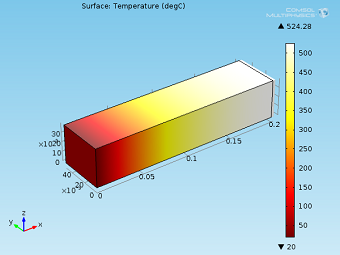
Heat Transfer in Deformed Solids
Learn how to model the physics that account for thermoelastic effects in immobile solids when coupling heat transfer and solid mechanics. Follow-up to an earlier post on conjugate heat transfer.
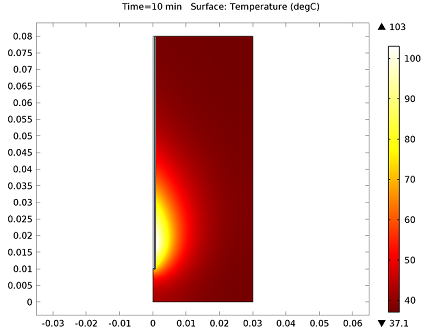
Hyperthermic Oncology: Hyperthermia for Cancer Treatment
Hyperthermic oncology: A type of cancer treatment in which high temperatures are used to destroy tumor cells. Learn about the physics behind this method and how simulation can be used to improve it.

Powerful Packaging for Electronics in Extreme Environments
U.S.-based Arkansas Power Electronics International is designing power packaging for improved thermal management in power electronics devices, increased efficiency, and lower costs.
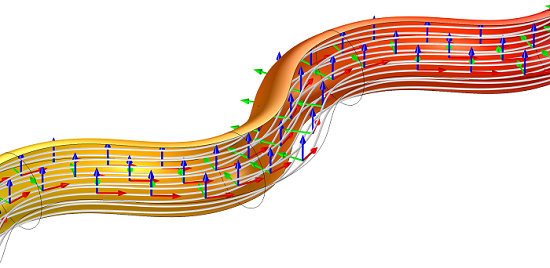
Defining Curvilinear Coordinates for Anisotropic Materials
Consider a carbon-fiber-reinforced polymer with woven fibers embedded in an epoxy matrix. How can you express the anisotropy by referring to the well-known Cartesian coordinate system?
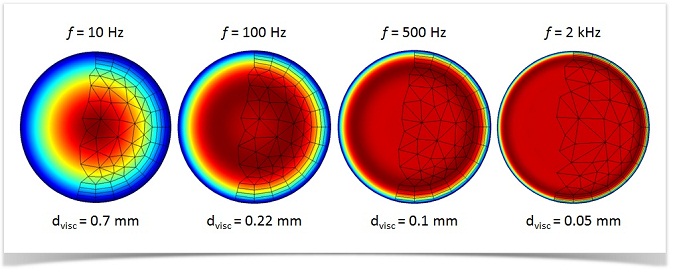
How to Model Thermoviscous Acoustics in COMSOL Multiphysics
Want to solve your acoustics model for acoustic pressure, velocity, or temperature variation? Enter the Thermoviscous Acoustics interface, which offers a simple and accurate way.
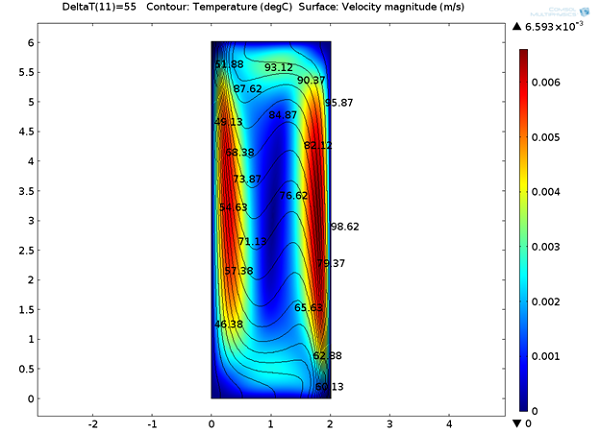
Buoyancy-Driven μPCR for DNA Amplification
True crime + simulation: The more DNA in a sample, the easier it is to accurately test and identify biomolecules, cells, and even an entire person during forensic investigations.
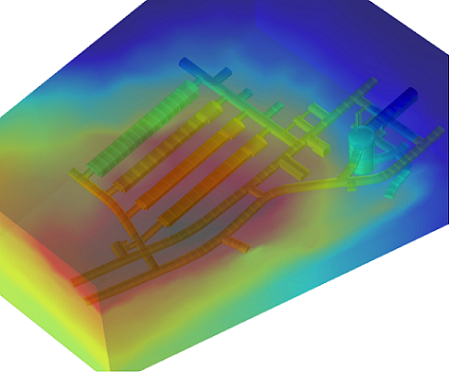
Amphos 21: Modeling Coupled Thermo-Hydro-Mechanical-Chemical Phenomena
A guest blogger from Amphos 21, a COMSOL Certified Consultant, discusses the company’s iCP technology for modeling coupled thermo-hydro-mechanical-chemical phenomena.

Implementing a Simple Temperature Controller with a Component Coupling
Learn how to implement a simple temperature controller (a feedback loop) in a thermal process simulation in COMSOL Multiphysics®. We demonstrate with a silicon wafer example >>
